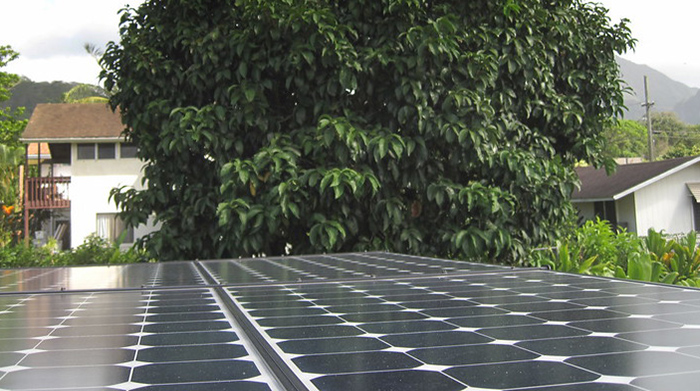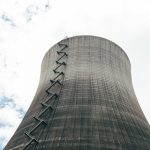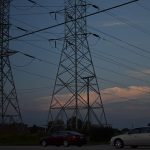Can Virtual Power Plants or VPPs Really Improve Reliability?

Image courtesy of Taylor Boger under Attribution-NonCommercial-NoDerivs 2.0 Generic Deed, resized to 700 x 391 pixels.
Virtual power plants (VPPs) offer a lot of promise in terms of boosting the reliability of the power grid. They can act like a traditional power plant and provide grid services such as balancing supply and demand during peak hours, which would, in theory, enhance reliability. But how practical is it? Let’s take a closer look.
Theoretical Benefits of VPPs
A VPP is essentially a network of distributed energy resources (DERs) that work in conjunction with each other to provide grid power. They can be built rapidly and can convert electric devices into resilient power supplies for homes and critical facilities during outage situations. Customers that participate are typically compensated.
Examples of DERs used in VPPs include rooftop solar, smart appliances, electric vehicles (EVs) and chargers, heat pumps, and energy storage technologies, to name just a few.
The largest single-owner VPP in the U.S. consists of more than 16,000 home solar and battery energy storage systems in California. To give you an idea of the potential scale, it supplied 32 MW of power to Pacific Gas & Electric Co. (PG&E) during peak times in the summer of 2023, and during a heat wave in July 2024, it supplied up to 50 MW.
So yes, VPPs can enhance grid reliability, but moving the needle will require more widespread participation. Accomplishing this will be easier said than done because most consumers do not understand what a VPP is and why it is beneficial.
Therefore, the onus is on electric utilities to integrate virtual power plants into their planning cycles, educate customers, simplify and standardize enrollment procedures, and aggressively market the benefits to stimulate enrollment.
In the final analysis, VPPs are slowly expanding in the U.S., and the industry seems poised for explosive growth in the near future. This would be a boon for both utilities and customers, because it would increase the affordability of electricity, and reduce the frequency and duration of outages to improve grid reliability.



